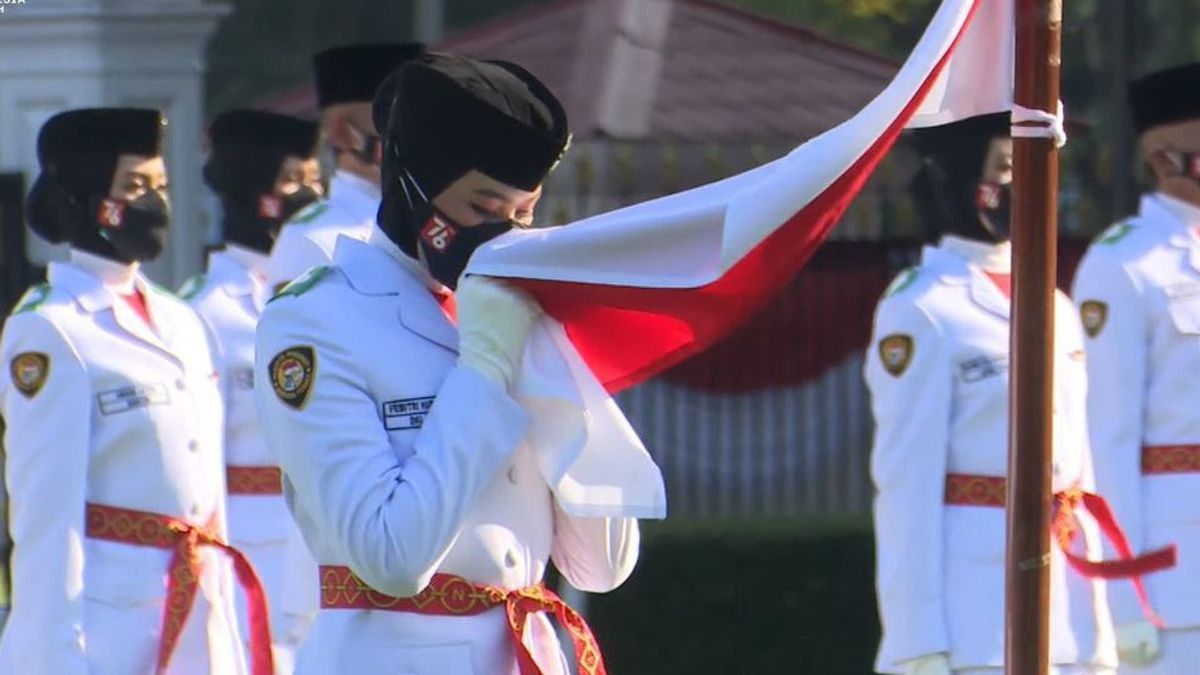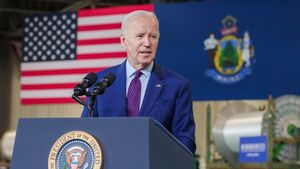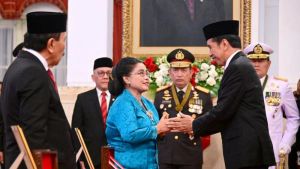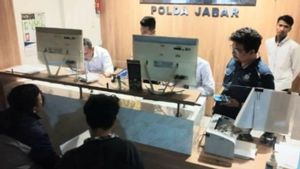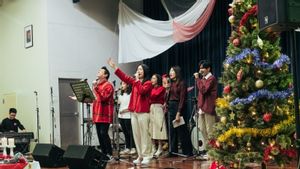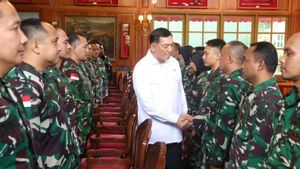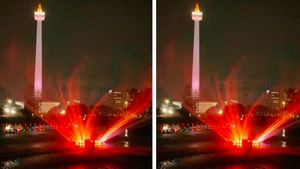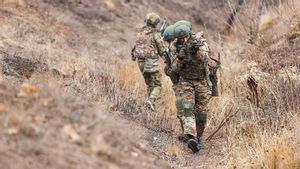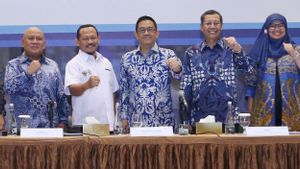YOGYAKARTA - The Heritage Flag-raising Troop (Paskibraka) has an important role in the procession of the Indonesian Independence Day Ceremony. Paskibraka is tasked with flying and lowering the Red and White Saka flag during the ceremony which is held every August 17. So what is the history of Paskibraka that has been formed since 1946?
At the Independence Day ceremony, Paskibraka members consisted of 68 individuals divided into three groups, namely Group 17, Group 8, and Group 45. Paskibraka members were selected from high school/vocational school students throughout Indonesia. The selection process is carried out strictly and in stages, starting from the school to the national level.
To understand the importance of the role and task of the Heritage Flag-raising Troops, it is necessary to know the history of Paskibraka.
The formation of Paskibraka was first carried out ahead of the celebration of the 2nd Anniversary of the Republic of Indonesia, namely on August 17, 1946. Gagasa regarding Paskibraka emerged from the head of Major Husein Mutahar, who at that time served as President Soekarno's aide. He is trusted to carry out the initial task of arranging the flag ceremony at the Presidential Palace of the Great Building, Yogyakarta.
At that time, the country was still in an emergency condition, so Major Mutahar only chose five youths from regional representatives in Yogyakarta to raise the heirloom flag. The youth group consisted of three women and two men.
The origin of the name Paskibraka was originally the Heritage Flag Raising Troop. This name was maintained until 1972, before finally turning into Paskibraka (Posaka Flag Raising Troops) in 1973.
The name Paskibraka used until now is a proposal from Idik Sulaeman, a confidant of Major Mutahar. The term "pas" comes from the term troop, and the pronunciation of "kibra" refers to the flag hoist, and the phrase "ka" is taken from the heirloom word. This is the origin of the mention of the Heritage Flag-raising Troops which was later shortened to Paskibraka.
In 1967, President Soekarno summoned the Director General of Youth and Scout Affairs of the Department of Education and Culture Husein Mutahar to take over the task of raising the Heritage Flag.
At that time, Husein Mutahar and Idik Sulaeman compiled the formulation of Paskibraka ranks with 17-8-45 formations taken from Indonesia's independence date. Since then, the formation of the raising troops consists of three groups, namely:
Group 17 is in the front position serving as a guide and accompaniment of the troops.
The group 8 position is behind group 17. Group 8 has a role as a core and carrier force as well as raising the red and white flag.
Group 45 is in the most rear position tasked with guarding/securing honors with symbolic functions.
The initial plan was to form a Paskibraka member group 45 (guard), to try to elect the AKABRI (ABRI Youth Forces) students but this plan could not be implemented. Another alternative that was then proposed was involving members of the ABRI special forces (such as RPKAD, PGT, KKO, and Brimob), but also not implemented easily.
VOIR éGALEMENT:
Finally, the decision to form Paskibraka members chose from the Presidential Guard Force (PASWALPRES), because they were easier to contact and operate within the Jakarta Presidential Palace.
It was only on August 17, 1968, that the task of flying the heirloom flag was carried by representatives from various provinces. However, because not all provinces sent representatives, the number of personnel still had to be added to the former troop members from the previous year, namely in 1967.
That is the history of Paskibraka which has an important role in the ceremony of the Independence Day of the Republic of Indonesia every August 17. The members of Paskibraka are not only tasked with flying and lowering the red and white flag, but must also uphold national values, love the homeland, and be willing to sacrifice for the sake of the nation and state.
Stay up to date with the latest domestic and other overseas news on VOI. You present the latest and most updated nationally and internationally.
The English, Chinese, Japanese, Arabic, and French versions are automatically generated by the AI. So there may still be inaccuracies in translating, please always see Indonesian as our main language. (system supported by DigitalSiber.id)
